Novel Imaging Devices: Coding Masks and Varifocal Systems
Abstract
1. Introduction
2. Reassessments
2.1. Multiple Snapshots: An Average OTF
2.2. Single Snapshot: A Useful Similarity
2.3. Generalized Lohmann–Alvarez Pairs
2.4. A Vortex (Helical) Pair
3. Rectangular Barker Matrices
4. Rotational Sensor: Radial Barker Matrices
5. Tunable Anamorphic Magnifications
6. Conclusions
Author Contributions
Funding
Data Availability Statement
Acknowledgments
Conflicts of Interest
References
- Duffieux, P.M. L’integrale de Fourier et Ses Applications à L’optique; Rennes: Paris, France, 1970. [Google Scholar]
- Hopkins, H.H. The frequency response of a defocused optical system. Proc. Phys. Soc. 1955, 231, 91–103. [Google Scholar]
- Steel, W. The Defocused Image of Sinusoidal Gratings. Opt. Acta Int. J. Opt. 1956, 3, 65–74. [Google Scholar] [CrossRef]
- Mino, M.; Okano, Y. Improvement in the OTF of a Defocused Optical System Through the Use of Shaded Apertures. Appl. Opt. 1971, 10, 2219–2225. [Google Scholar] [CrossRef]
- Welford, W.T. Use of Annular Apertures to Increase Focal Depth. J. Opt. Soc. Am. 1960, 50, 749–752. [Google Scholar] [CrossRef]
- Tschunko, H.F.A. Imaging performance of annular apertures 3:Apodization and modulation transfer functions. Appl. Opt. 1979, 18, 3770–3774. [Google Scholar] [CrossRef] [PubMed]
- Mahajan, V.N.; Díaz, J.A. Imaging characteristics of Zernike and annular polynomial aberrations. Appl. Opt. 2013, 52, 2062–2074. [Google Scholar] [CrossRef] [PubMed]
- Ojeda-Castañeda, J.; Berriel-Valdos, L.R.; Montes, E. Bessel annular apodizers: Imaging characteristics. Appl. Opt. 1987, 26, 2770–2772. [Google Scholar] [CrossRef]
- Ojeda-Castaneda, J.; Ramos, R.; Noyola-Isgleas, A. High focal depth by apodization and digital restoration. Appl. Opt. 1988, 27, 2583–2586. [Google Scholar] [CrossRef]
- Ledesma-Carrillo, L.; Guzmán-Cabrera, R.; Gómez-Sarabia, C.M.; Torres-Cisneros, M.; Ojeda-Castañeda, J. Tunable Field Depth: Hyperbolic Optical Masks. Appl. Opt. 2016, 56, A104–A114. [Google Scholar] [CrossRef]
- Plummer, W.T.; Baker, J.G.; Van Tassell, J. Photographic optical systems with nonrotational aspheric surfaces. Appl. Opt. 1999, 38, 3572–3592. [Google Scholar] [CrossRef]
- Kitajima, I. Improvements in lenses. Br. Pat. 1926, 250, 268. [Google Scholar]
- Lohmann, A.W. Improvements Relating to Lenses and to Variable Optical Lens Systems Formed by Such Lenses. British Patent 998,191, 29 May 1964. [Google Scholar]
- Lohmann, A.W. Lentille de Distance Focale Variable. French Patent 1,398,351, 10 June 1964. [Google Scholar]
- Lohmann, A.W. Lente Focale Variabile. Italian Patent 727,848, 19 June 1964. [Google Scholar]
- Lohmann, A.W. A New Class of Varifocal Lenses. Appl. Opt. 1970, 9, 1669–1671. [Google Scholar] [CrossRef]
- Alvarez, L.W. Two-Element Variable-Power Spherical Lens. U.S. Patent 3,305,294, 3 December 1964. [Google Scholar]
- Alvarez, L.W.; Humphrey, W.E. Variable-Power Lens and System. U.S. Patent 3,507,565, 21 April 1970. [Google Scholar]
- Lee, J.; Won, Y.H. Nonmechanical three-dimensional beam steering using electrowetting-based liquid lens and liquid prism. Opt. Express 2019, 27, 36757–36766. [Google Scholar] [CrossRef]
- Lia, J.; Kim, C.-J. Current commercialization status of electrowetting-on-dielectric (EWOD) digital microfluidics. Lab. A Chip. 2019, 20, 1705–1712. [Google Scholar] [CrossRef]
- Song, X.; Zhang, H.; Li, D.; Jia, D.; Liu, T. Electrowetting lens with large aperture and focal length tunability. Sci. Rep. 2020, 10, 16318. [Google Scholar] [CrossRef] [PubMed]
- Wang, D.; Hu, D.; Zhou, Y.; Sun, L. Design and fabrication of a focus-tunable liquid cylindrical lens based on electrowetting. Opt. Express 2022, 30, 47430–47439. [Google Scholar] [CrossRef] [PubMed]
- Long, Q.Z.C.J.; Zhang, X. Optofluidic Tunable Lenses for In-Plane Light Manipulation. Micromachines 2018, 9, 97. [Google Scholar] [CrossRef] [PubMed]
- Ciraulo, B.; García-Guirado, J.; de Miguel, I.; Ortega-Arroyo, J.; Quidant, R. Long-range optofluidic control with plasmon heating. Nat. Commun. 2021, 12, 2001. [Google Scholar] [CrossRef]
- Lee, J.; Park, Y.; Chung, S.K. Multifunctional liquid lens for variable focus and aperture. Sens. Actuators A Phys. 2019, 287, 177–184. [Google Scholar] [CrossRef]
- Fang, Y.C.; Tzeng, Y.F.; Wen, C.C.; Chen, C.H.; Lee, H.Y.; Chang, S.H.; Su, Y.L. A Study of High-Efficiency Laser Headlight Design Using Gradient-Index Lens and Liquid Lens. Appl. Sci. 2020, 10, 7331. [Google Scholar] [CrossRef]
- Liu, C.; Wang, D.; Wang, Q.-H.; Xing, Y. Multifunctional optofluidic lens with beam steering. Opt. Express 2020, 28, 7734–7745. [Google Scholar] [CrossRef] [PubMed]
- Wang, Y.; Ma, X.; Jiang, Y.; Zang, W.; Cao, P.; Tian, M.; Ning, N.; Zhang, L. Dielectric elastomer actuators for artificial muscles: A comprehensive review of soft robot explorations. Resour. Chem. Mater. 2022, 1, 308–324. [Google Scholar] [CrossRef]
- Miks, A.; Novak, J. Analysis of two-element zoom systems based on variable power lenses. Opt. Express 2010, 18, 6797–6810. [Google Scholar] [CrossRef] [PubMed]
- Mikš, A.; Novák, J. Three-component double conjugate zoom lens system from tunable focus lenses. Appl. Opt. 2013, 52, 862–865. [Google Scholar] [CrossRef]
- Gómez-Sarabia, C.M.; Ojeda-Castañeda, J. Two-conjugate zoom system: The zero-throw advantage. Appl. Opt. 2020, 59, 7099–7102. [Google Scholar] [CrossRef] [PubMed]
- Gómez-Sarabia, C.M.; Ojeda-Castañeda, J. Hopkins procedure for tunable magnification: Surgical spectacles. Appl. Opt. 2020, 59, D59–D63. [Google Scholar] [CrossRef]
- Barker, R.H. Group Synchronizing of Binary Digital Systems. Commun. Theory 1953, 273–287. [Google Scholar]
- Gómez-Sarabia, C.M.; Ledesma-Carrillo, L.M.; Guzmán-Cano, C.; Torres-Cisneros, M.; Guzmán-Cabrera, R.; Ojeda-Castañeda, J. Pseudo-random masks for angular alignment. Appl. Opt. 2017, 56, 7869–7876. [Google Scholar] [CrossRef]
- Bryngdahl, O. Optical map transformations. Opt. Commun. 1974, 10, 164–166. [Google Scholar] [CrossRef]
- Bryngdahl, O. Geometrical transformations in optics. J. Opt. Soc. Am. 1974, 64, 1092–1099. [Google Scholar] [CrossRef]
- Gómez-Sarabia, C.M.; Ojeda-Castañeda, J. Spectacles with tunable anamorphic ratio. J. Opt. 2021, 50, 453–458. [Google Scholar] [CrossRef]
- Häusler, G. A method to increase the depth of focus by two step image processing. Opt. Commun. 1972, 6, 38–42. [Google Scholar] [CrossRef]
- Ojeda-Castañeda, J.; Yepez-Vidal, E.; Gómez-Sarabia, C.M. Multiple-frame photography for extended depth of field. Appl. Opt. 2013, 52, D84–D91. [Google Scholar] [CrossRef] [PubMed]
- Papoulis, A. Ambiguity function in Fourier optics*. J. Opt. Soc. Am. 1974, 64, 779–788. [Google Scholar] [CrossRef]
- Guigay, J.-P. The ambiguity function in diffraction and isoplanatic imaging by partially coherent beams. Opt. Commun. 1978, 26, 136–138. [Google Scholar] [CrossRef]
- Dutta, K.; Goodman, J.W. Reconstructions of images of partially coherent objects from samples of mutual intensity. J. Opt. Soc. Am. 1977, 67, 796–803. [Google Scholar] [CrossRef]
- Brenner, K.-H.; Lohmann, A.; Ojeda-Castaneda, J. The ambiguity function as a polar display of the OTF. Opt. Commun. 1983, 44, 323–326. [Google Scholar] [CrossRef]
- Ojeda-Castañeda, J.; Berriel-Valdos, L.R.; Montes, E. Ambiguity function as a design tool for high focal depth. Appl. Opt. 1988, 27, 790–795. [Google Scholar] [CrossRef]
- Ojeda-Castaneda, J.; Landgrave, J.E.A.; Gómez-Sarabia, C.M. The use of conjugate phase plates in the analysis of the frequency response of optical systems designed for an extended depth of field. Appl. Opt. 2008, 47, E99–E105. [Google Scholar] [CrossRef]
- Dowski, E.R.; Cathey, T.W. Extended depth of field through wave-front coding. Appl. Opt. 1995, 34, 1859–1865. [Google Scholar] [CrossRef]
- Chi, W.; George, N. Electronic imaging using a logarithmic asphere. Opt. Lett. 2001, 26, 875–877. [Google Scholar] [CrossRef]
- George, N.; Chi, W. Extended depth of field using a logarithmic asphere. J. Opt. A Pure Appl. Opt. 2003, 5, S157–S163. [Google Scholar] [CrossRef]
- Liu, X.; Cai, X.; Chang, S.; Grover, C.P. Cemented doublet lens with an extended focal depth. Opt. Express 2005, 13, 552–557. [Google Scholar] [CrossRef]
- Gao, X.; Fei, Z.; Xu, W.; Gan, F. Tunable three-dimensional intensity distribution by a pure phase-shifting apodizer. Appl. Opt. 2005, 44, 4870–4873. [Google Scholar] [CrossRef] [PubMed]
- Muyo, G.; Harvey, A.R. Decomposition of the optical transfer function: Wavefront coding imaging systems. Opt. Lett. 2005, 30, 2715–2717. [Google Scholar] [CrossRef] [PubMed]
- Chi, W.; George, N. Integrated imaging with a centrally obscured logarithmic asphere. Opt. Commun. 2005, 245, 85–92. [Google Scholar] [CrossRef]
- Tarasov, V.E. Exact Finite-Difference Calculus: Beyond Set of Entire Functions. Mathematics 2024, 12, 972. [Google Scholar] [CrossRef]
- Ojeda-Castaneda, J.; Gómez-Sarabia, C.M.; Torres-Cisneros, M.; Ledesma-Carrillo, L.M.; Guzmán-Cabrera, R.; Guzmán-Cano, C. Tunable sinusoidal Phase Gratings and sinusoidal Phase Zone Plates. Photon-Lett. Pol. 2017, 9, 57–59. [Google Scholar] [CrossRef]
- Ojeda-Castaneda, J.; Ledesma, S.; Gomez-Sarabia, C.M. Tunable Apodizers and Tunable Focalizers using helical pairs. Photon-Lett. Pol. 2013, 5, 20–22. [Google Scholar] [CrossRef]
- Burch, J.M.; Forno, C. A high sensitivity moiré grid technique for studying deformation in large objects. Opt. Eng. 1975, 14, 178–185. [Google Scholar] [CrossRef]
- Burch, J.M.; Forno, C. High ResolutionMoiré Photography. Opt. Eng. 1982, 21, 602–614. [Google Scholar] [CrossRef]
- Forno, C. Deformation measurement using high resolution Moiré photography. Opt. Lasers Eng. 1988, 8, 189–212. [Google Scholar] [CrossRef]
- Rastogi, P.K. High Resolution Moiré Photography High Resolution Moiré Shearography. Exp. Tech. 1998, 22, 26–28. [Google Scholar] [CrossRef]
- Gómez-Sarabia, C.M.; Ledesma-Carrillo, L.; Sauceda-Carvajal, A.; Ojeda-Castañeda, J. High light-throughput noncoherent channels. Opt. Commun. 2021, 498, 127228. [Google Scholar] [CrossRef]
- Mahajan, V.N. Orthonormal aberration polynomials for anamorphic optical imaging systems with rectangular pupils. Appl. Opt. 2010, 49, 6924–6929. [Google Scholar] [CrossRef]
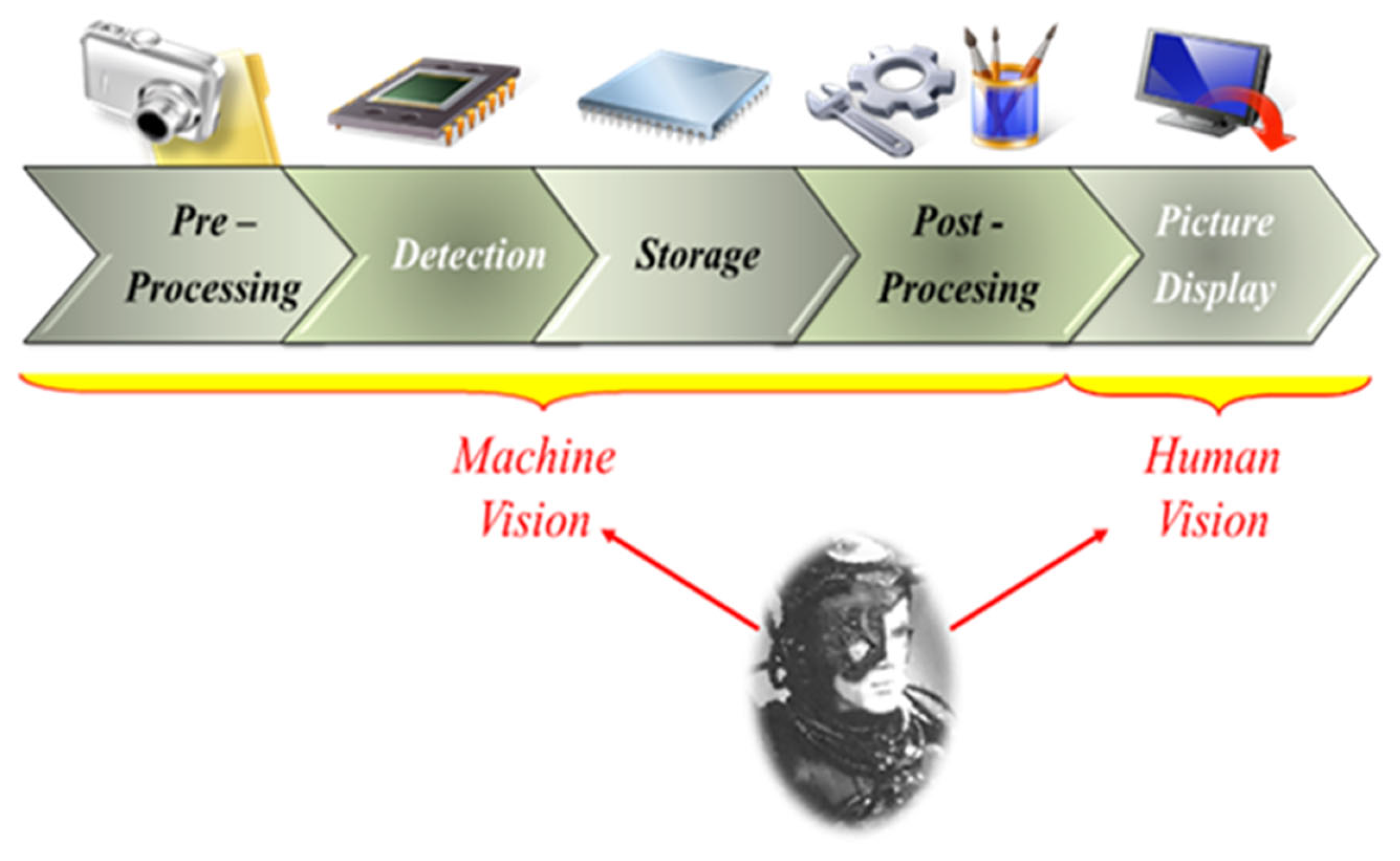

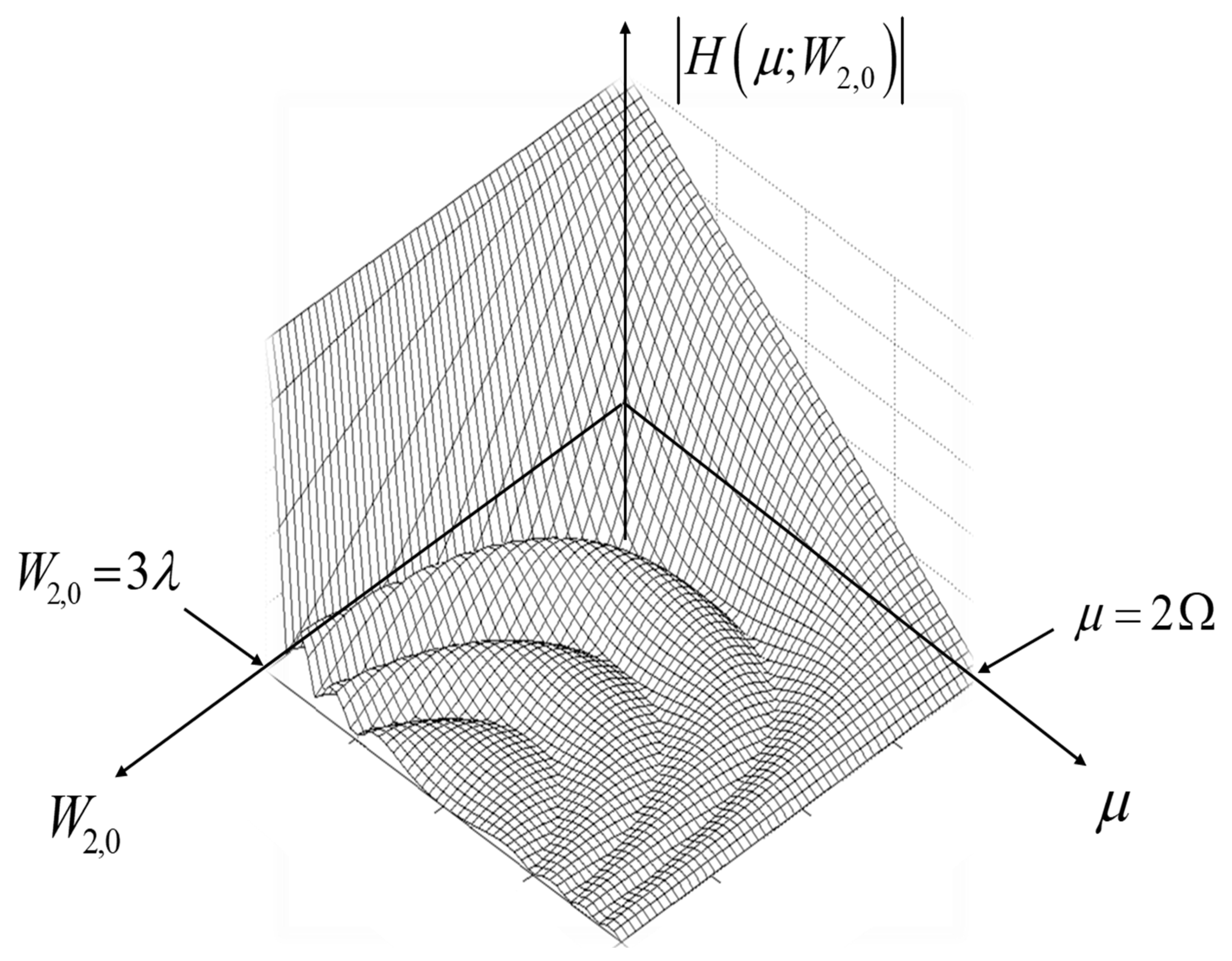
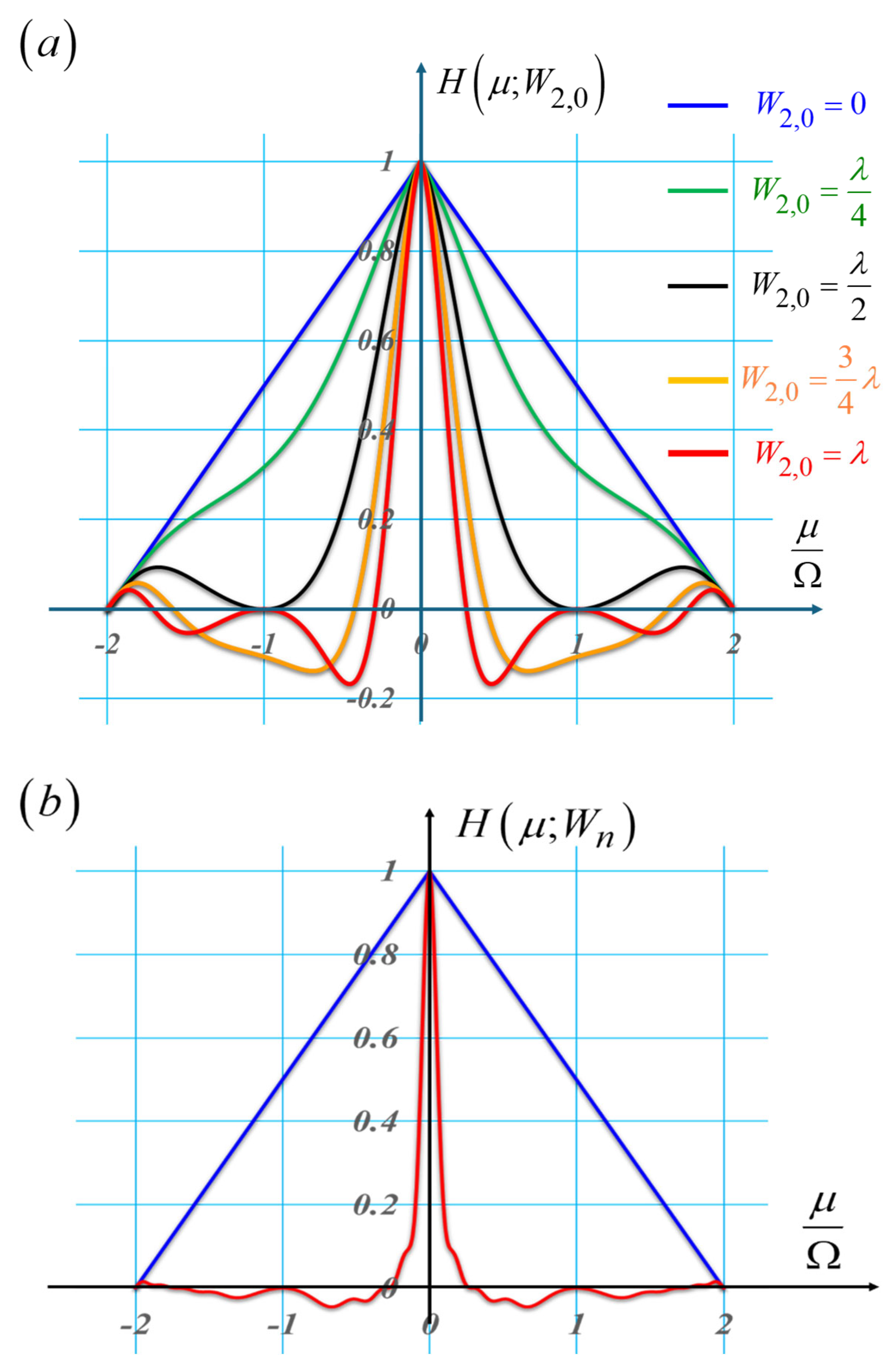
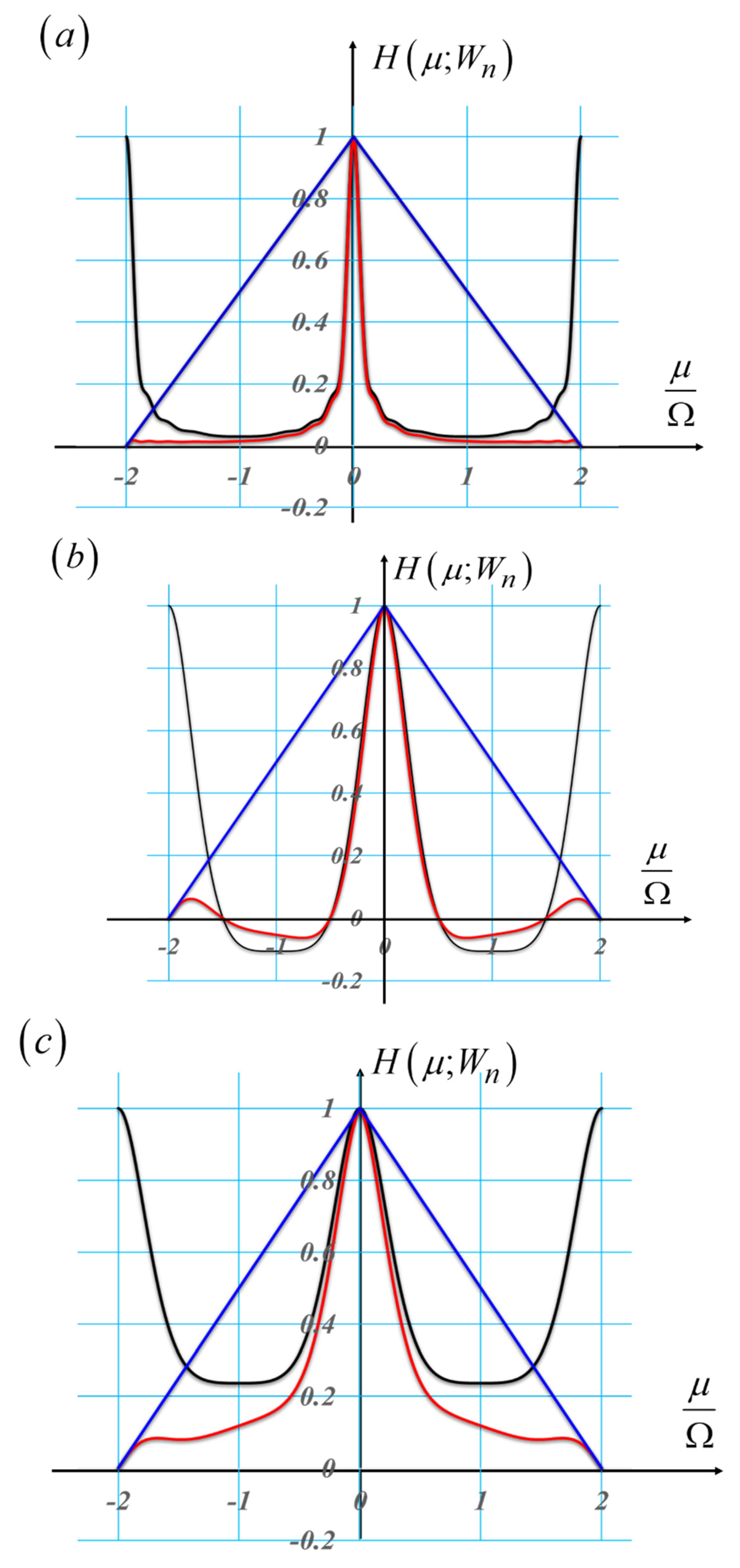
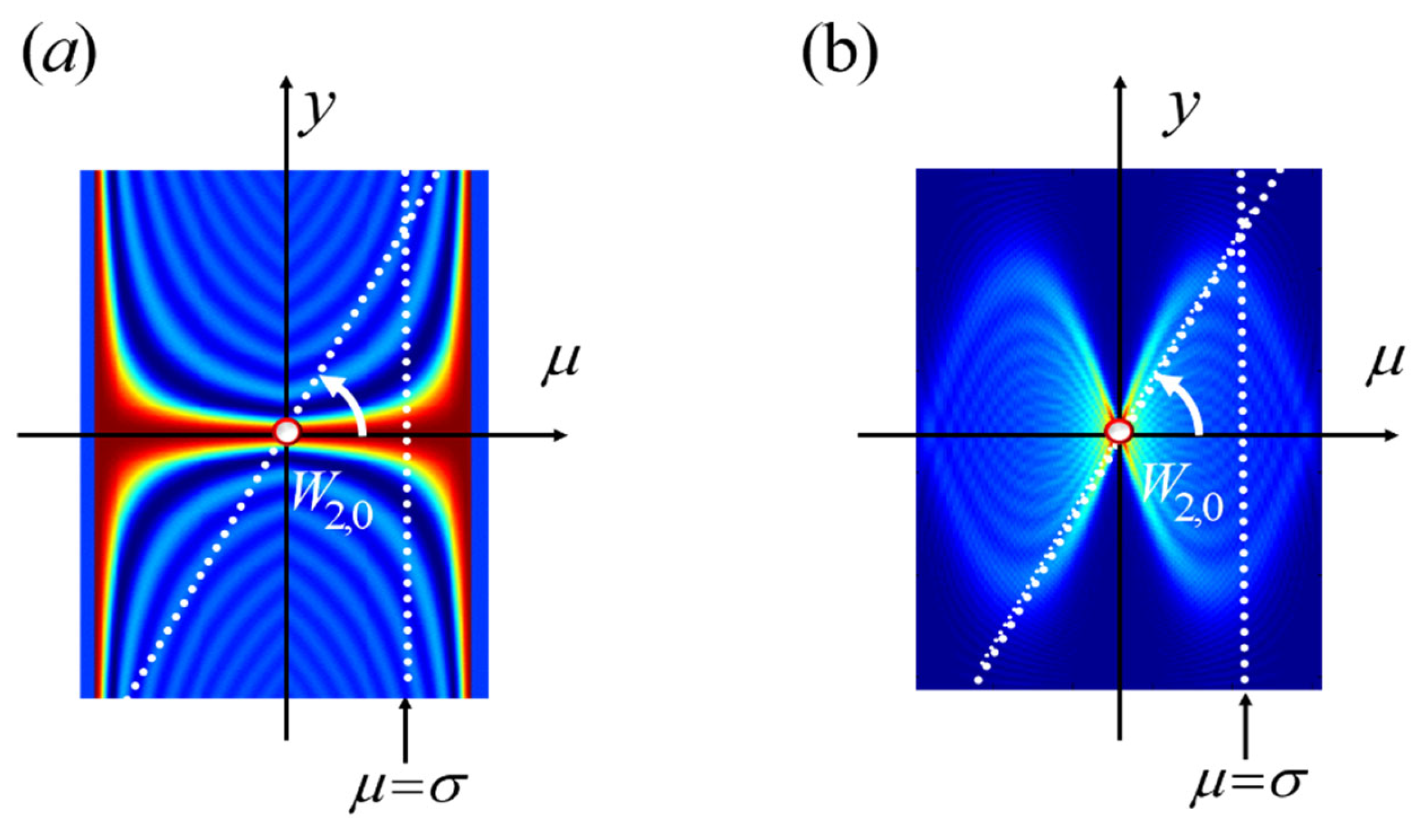
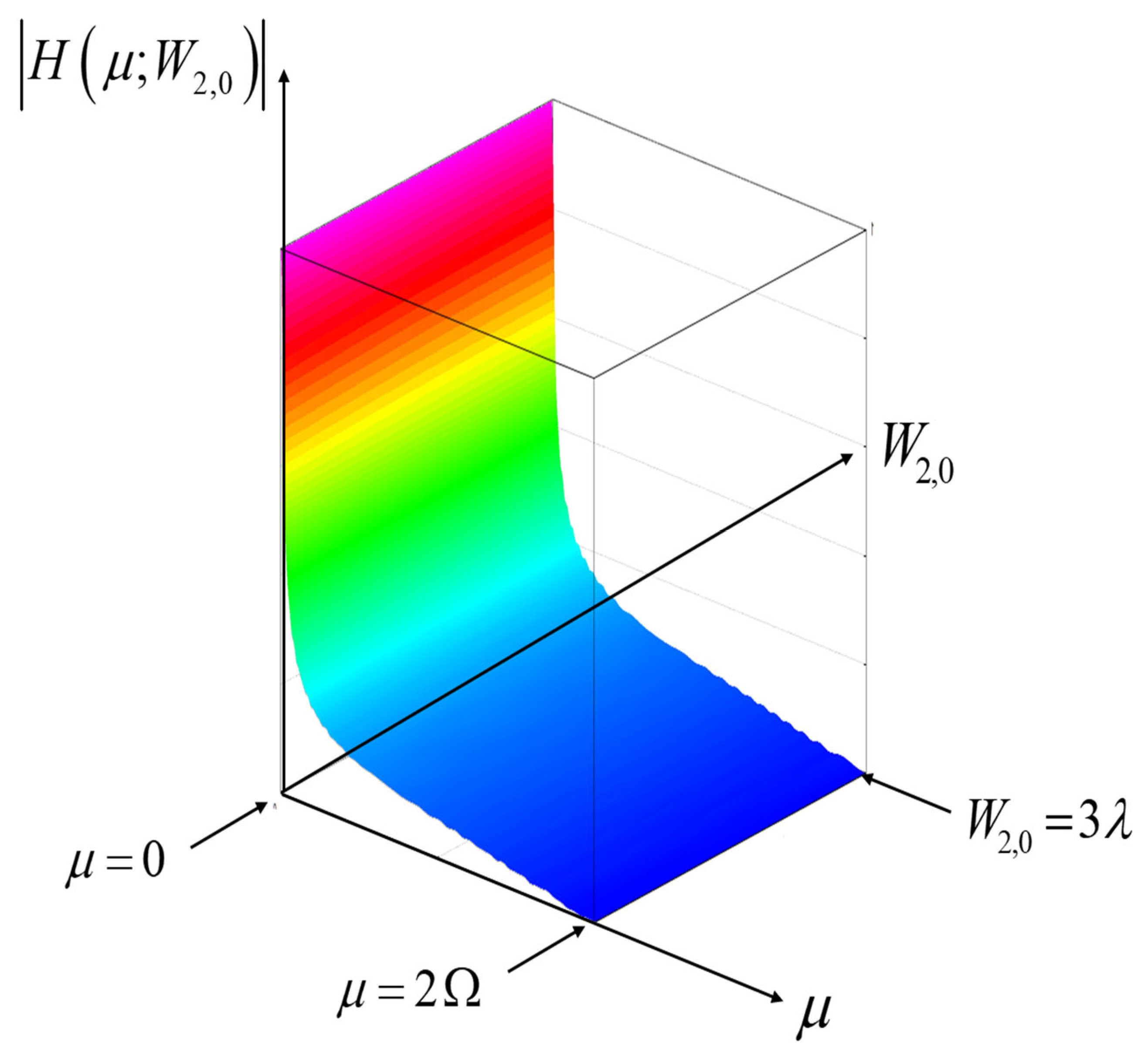
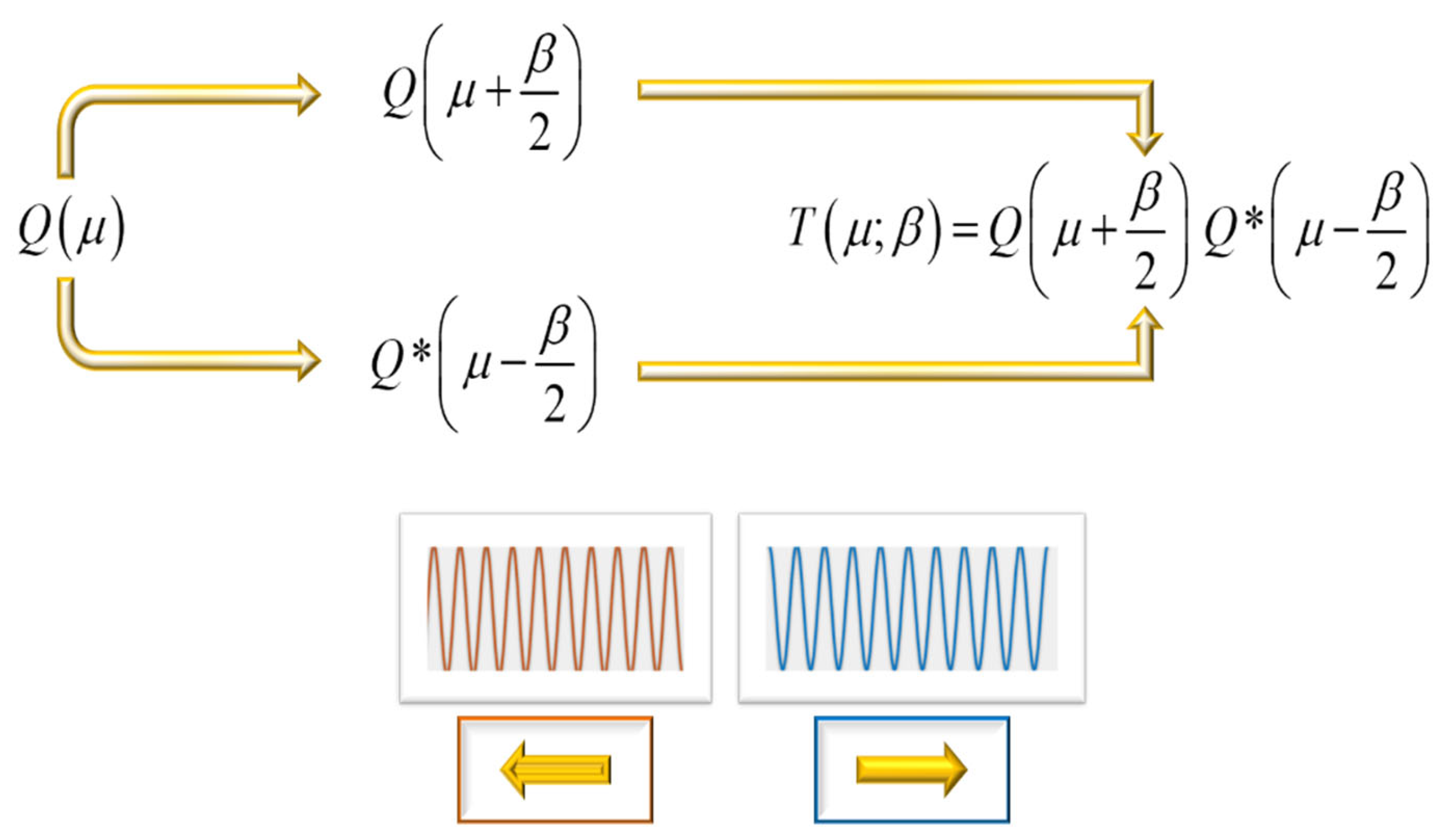
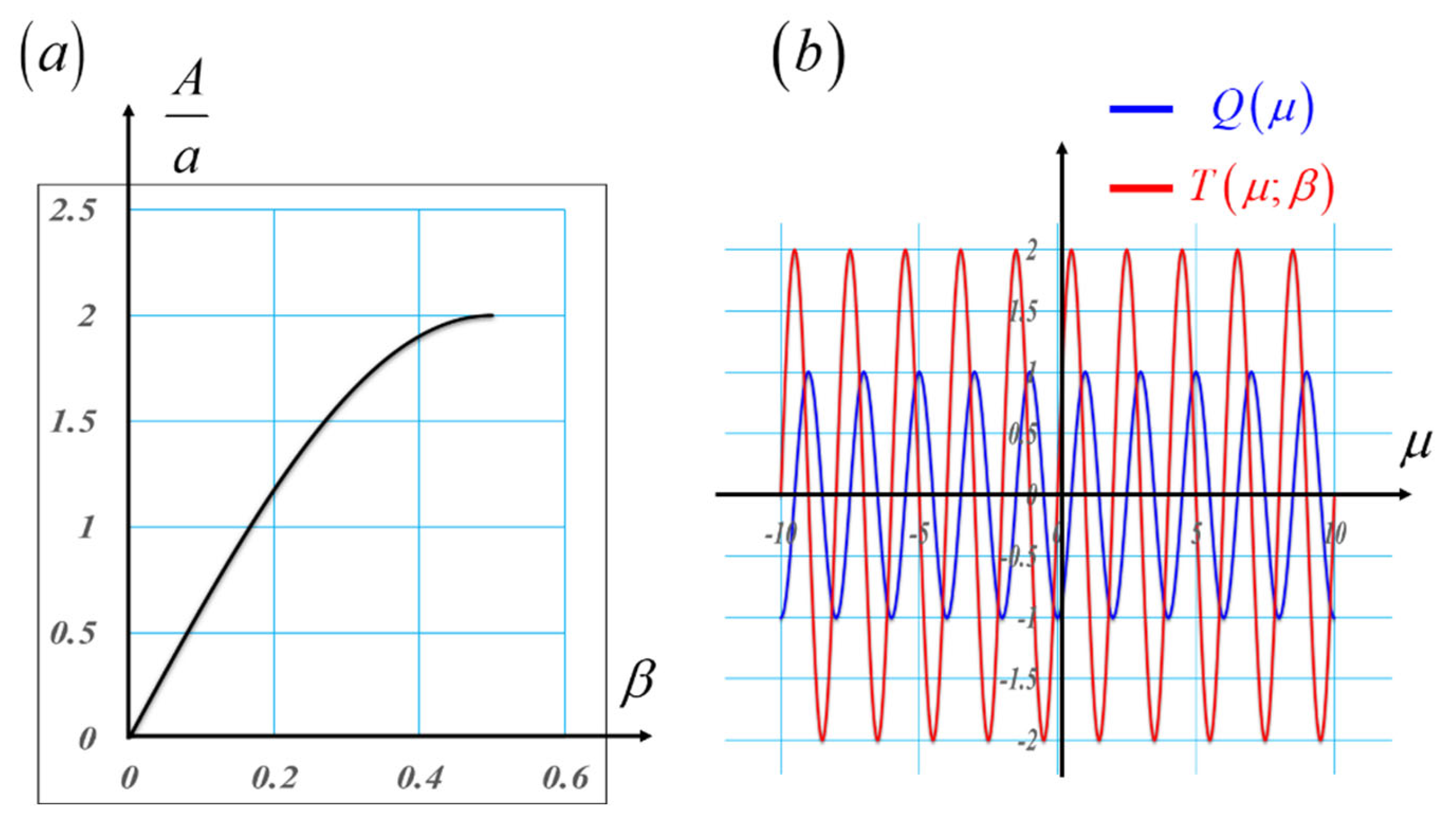
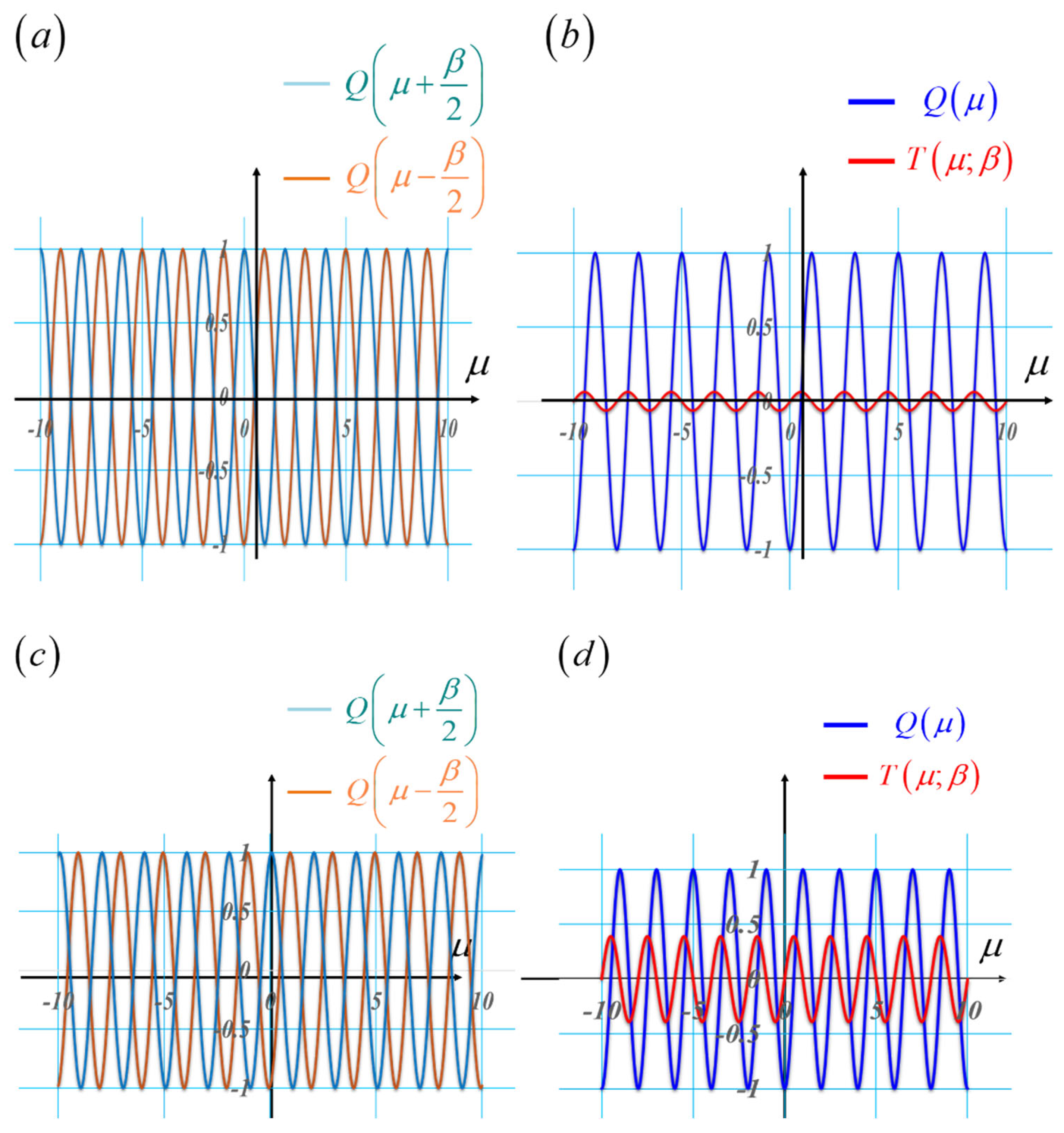
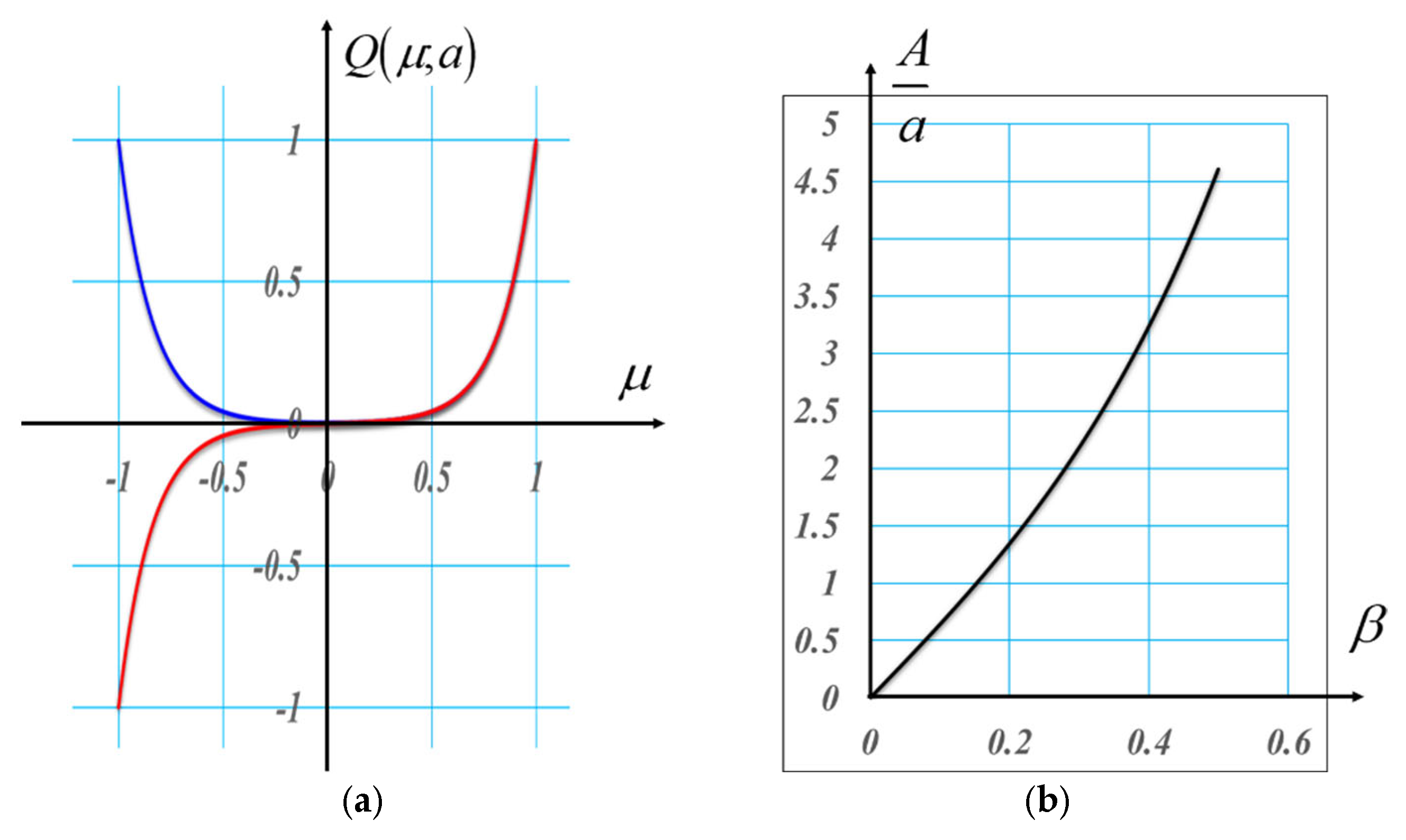

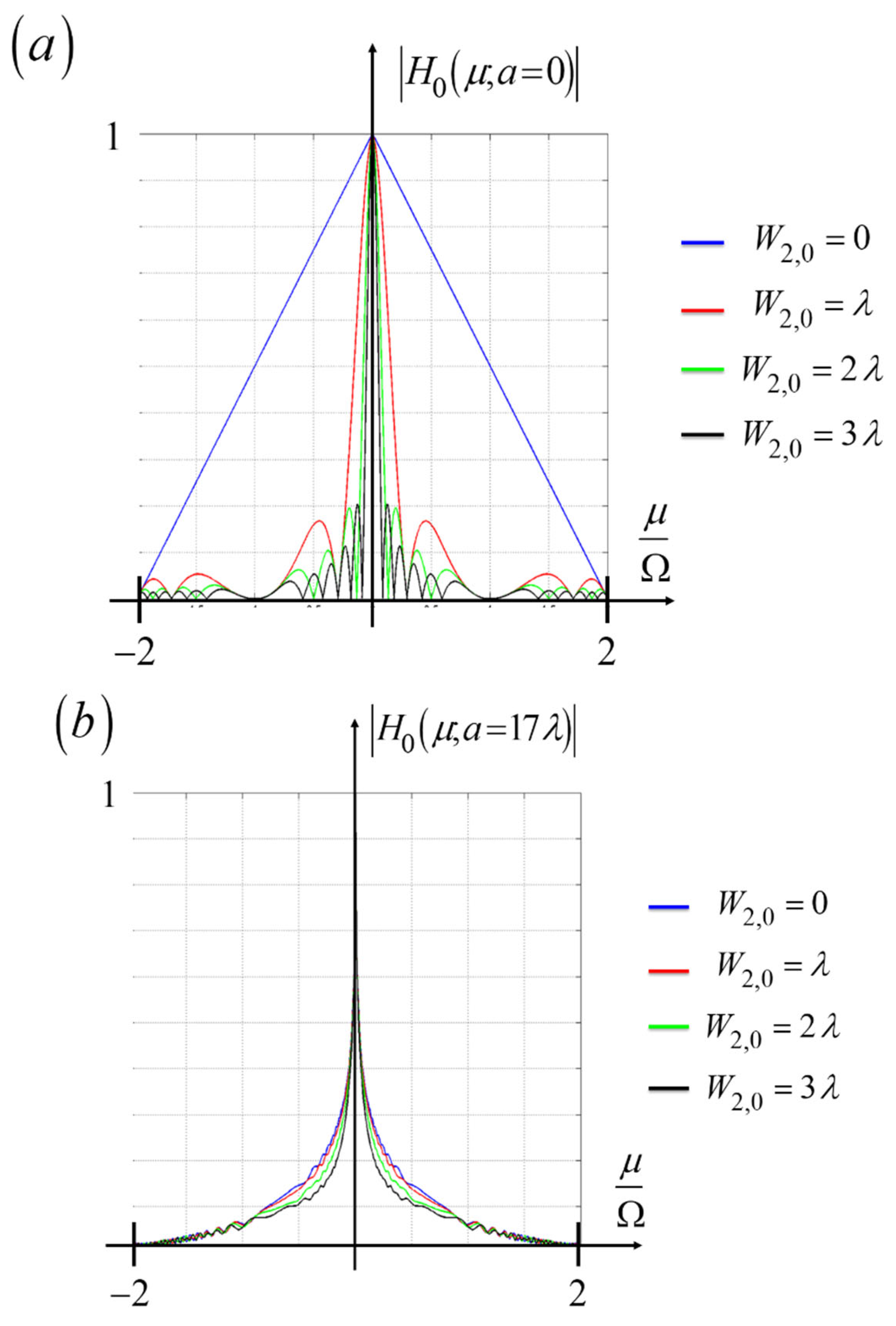
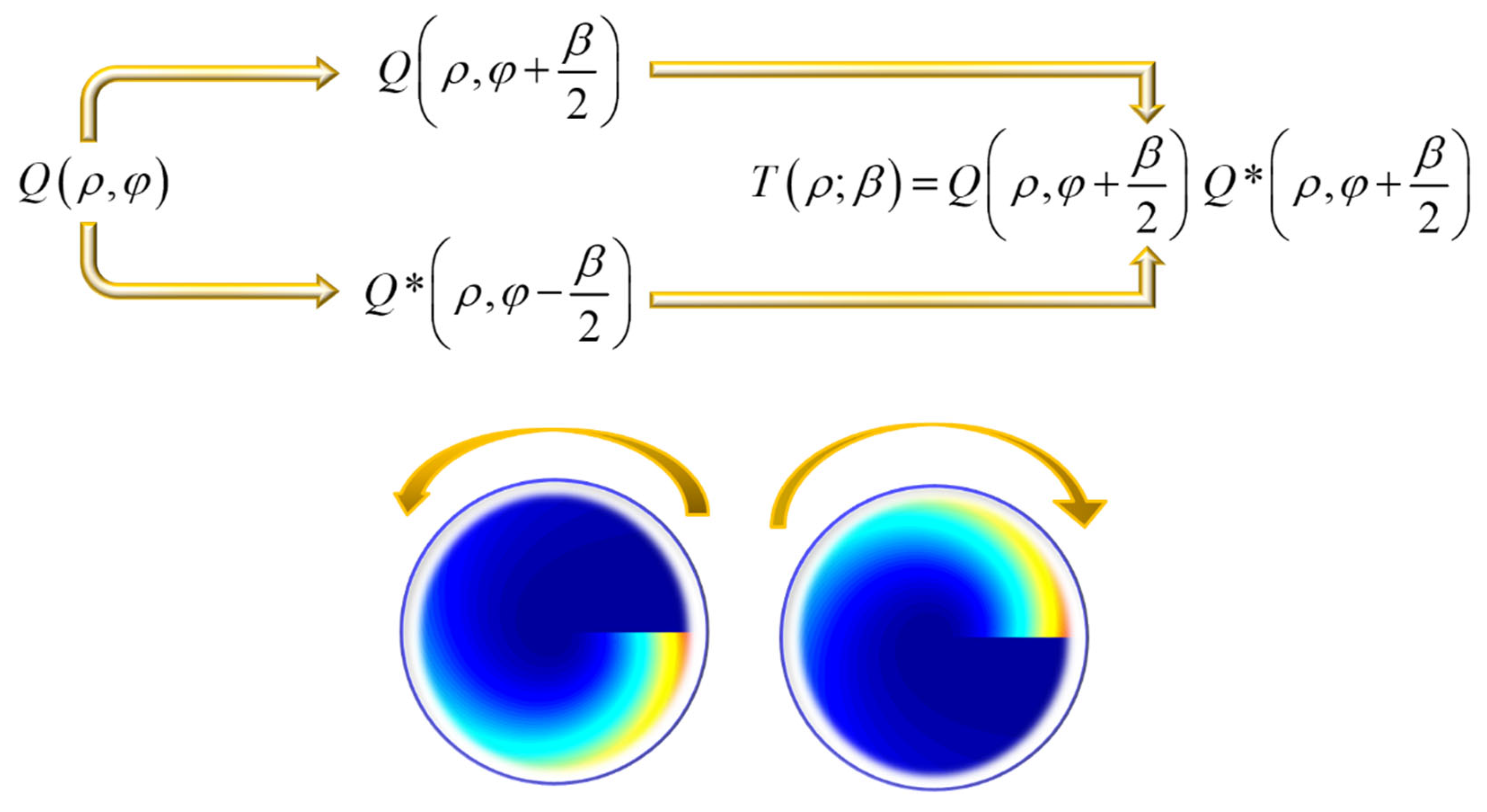
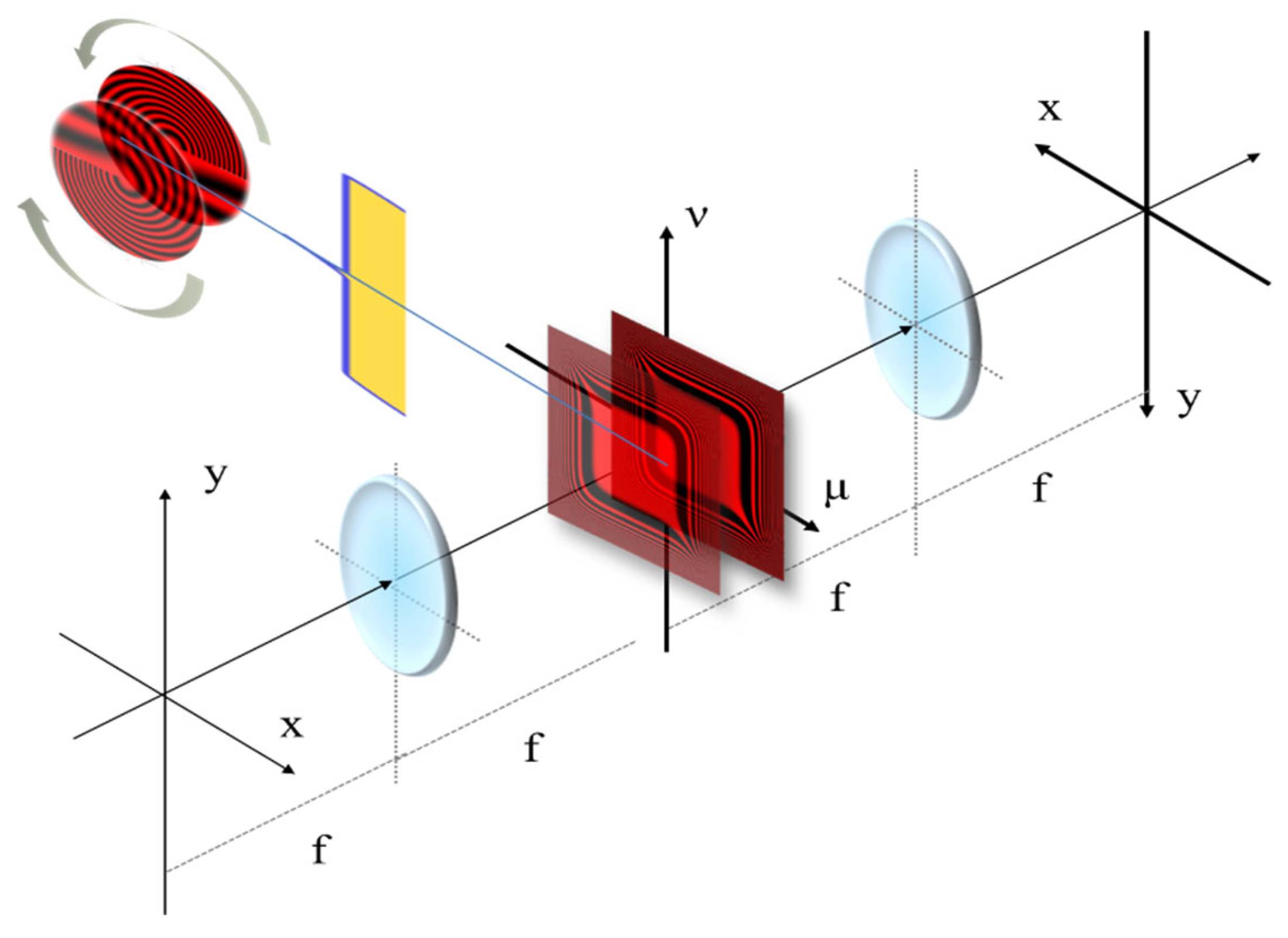
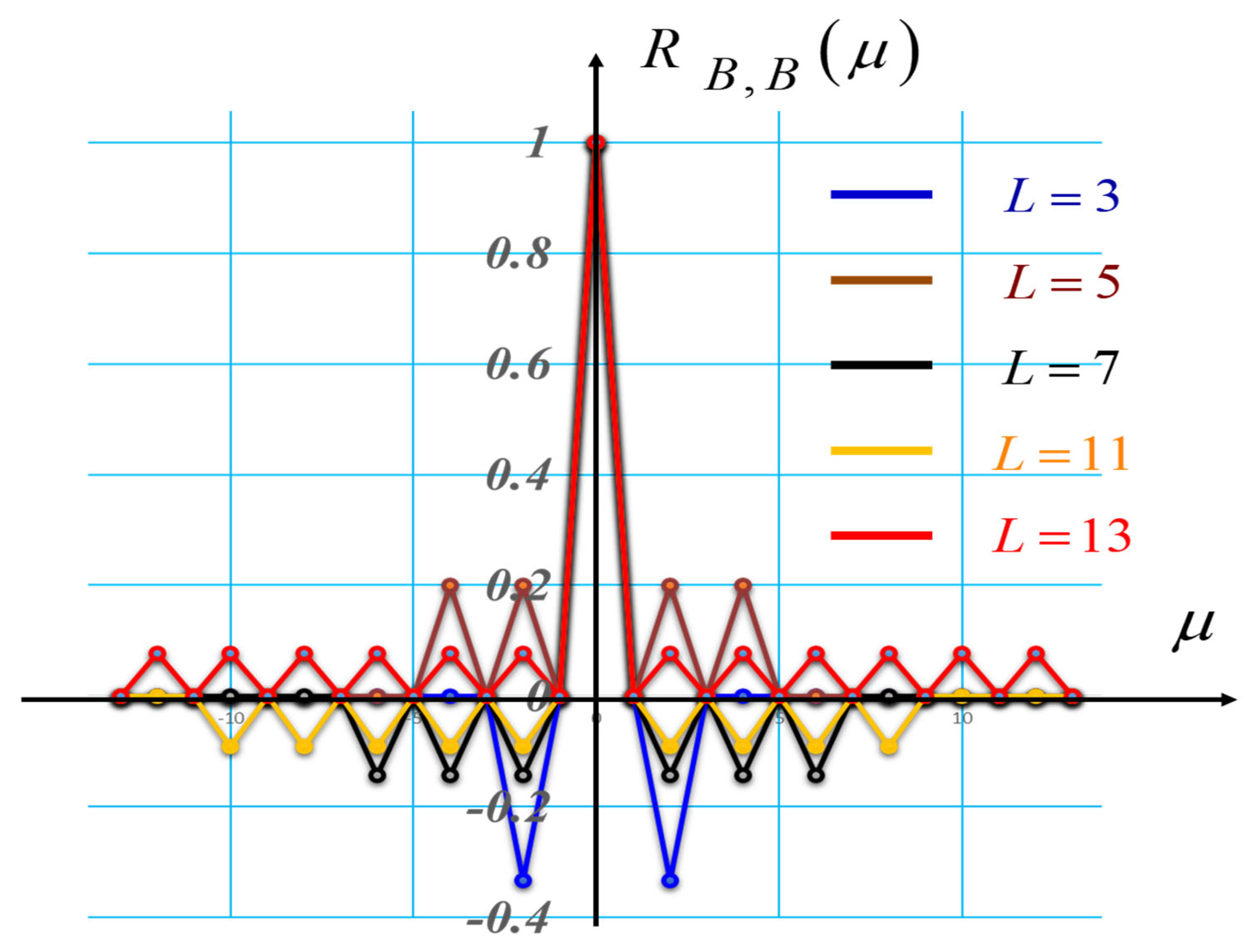
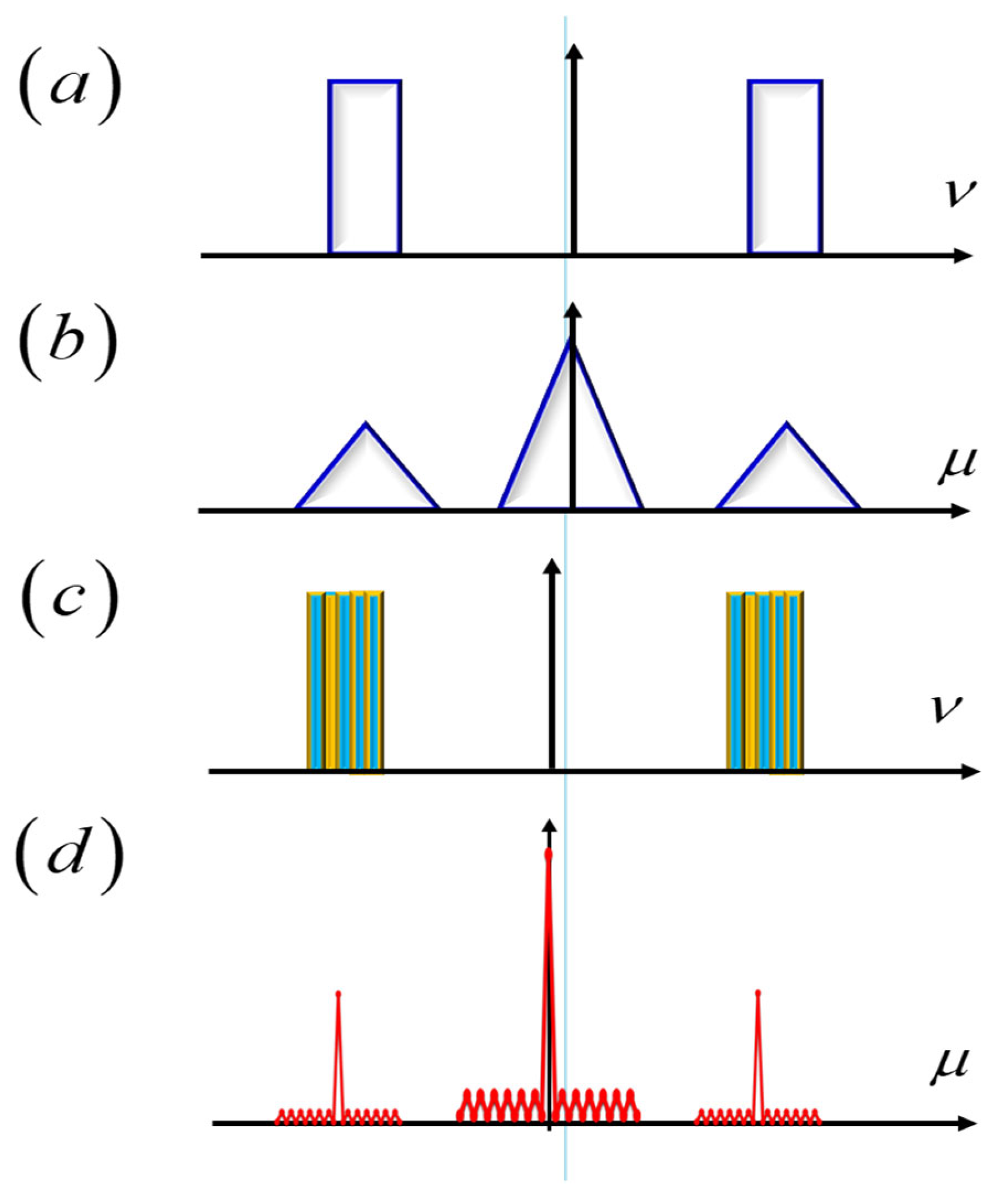
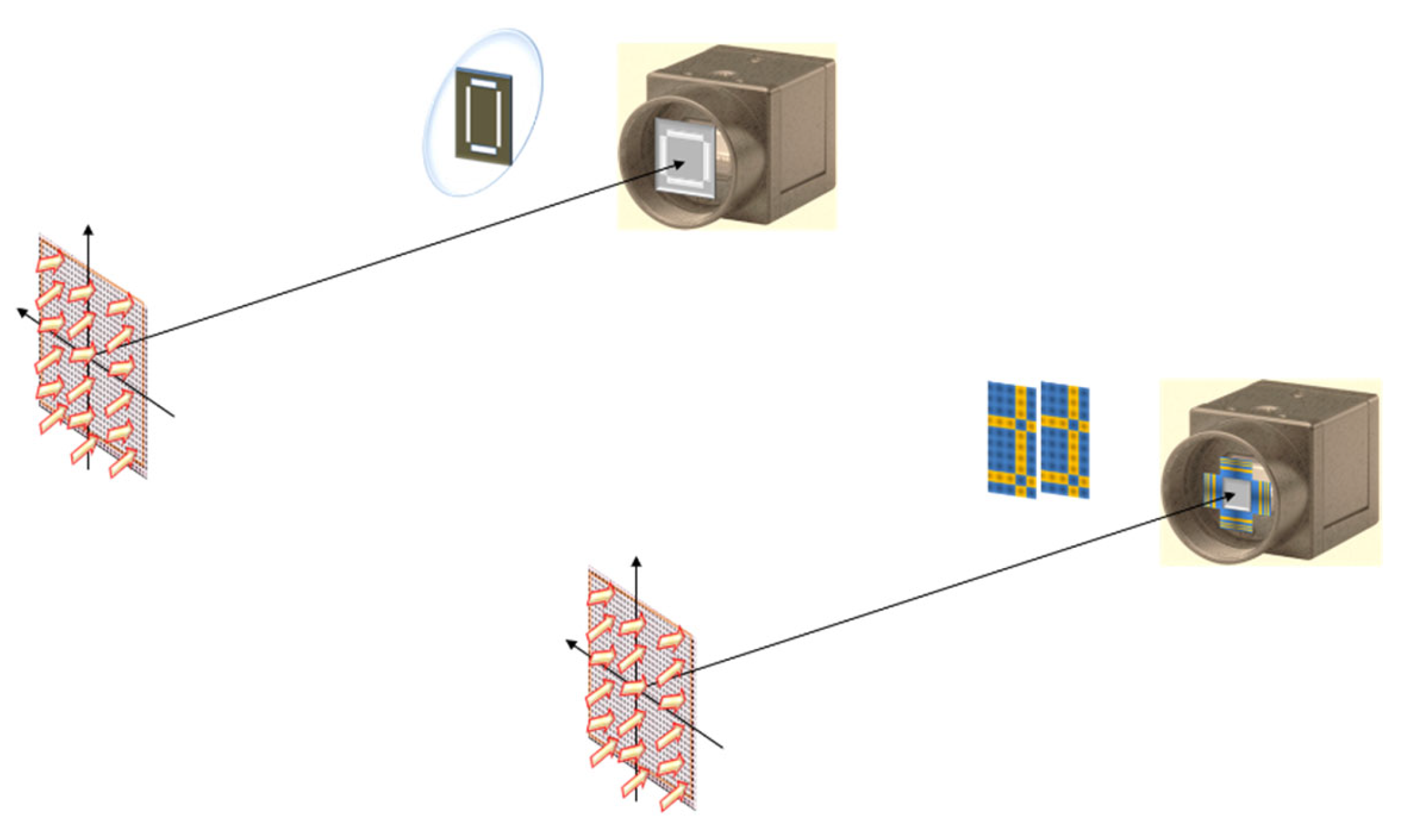

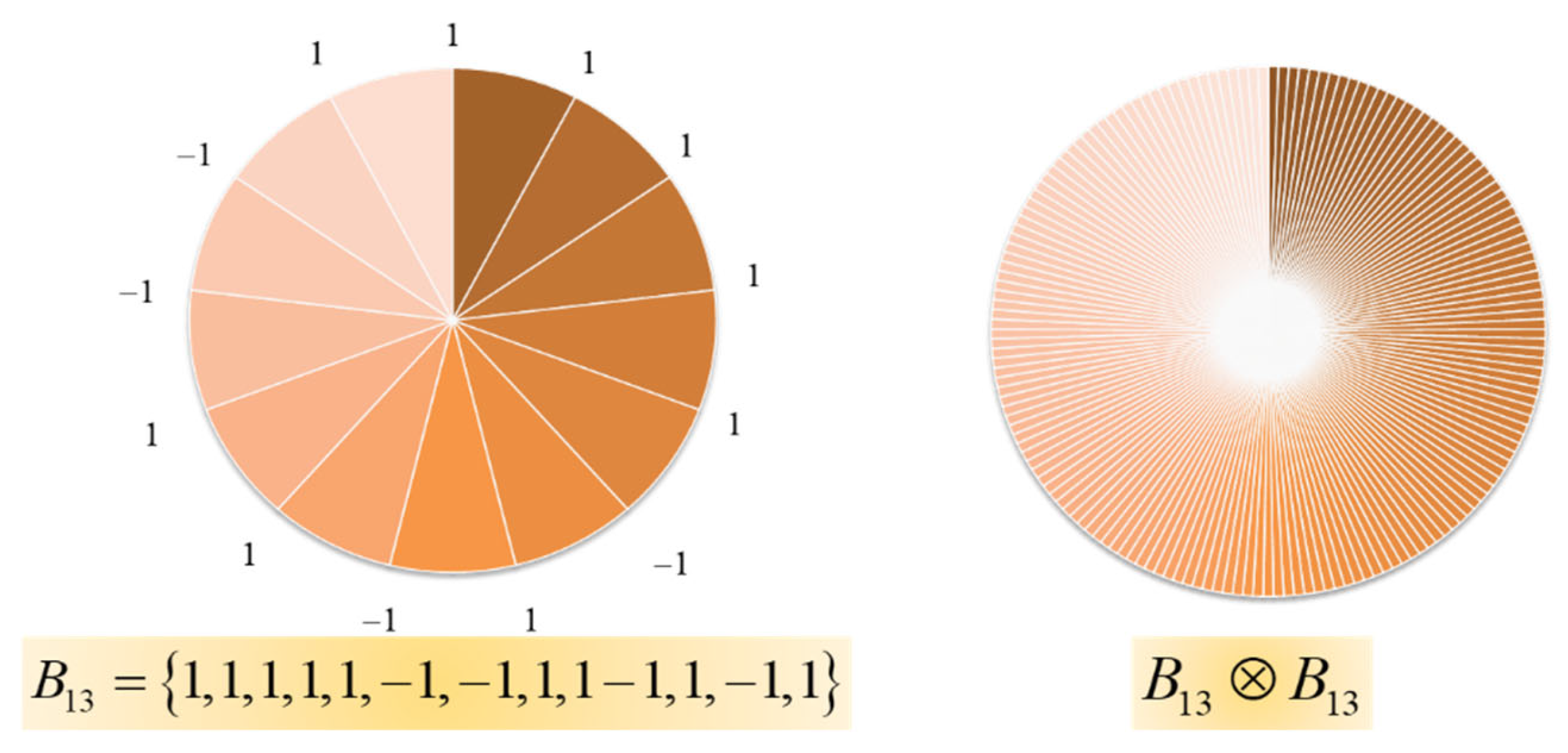
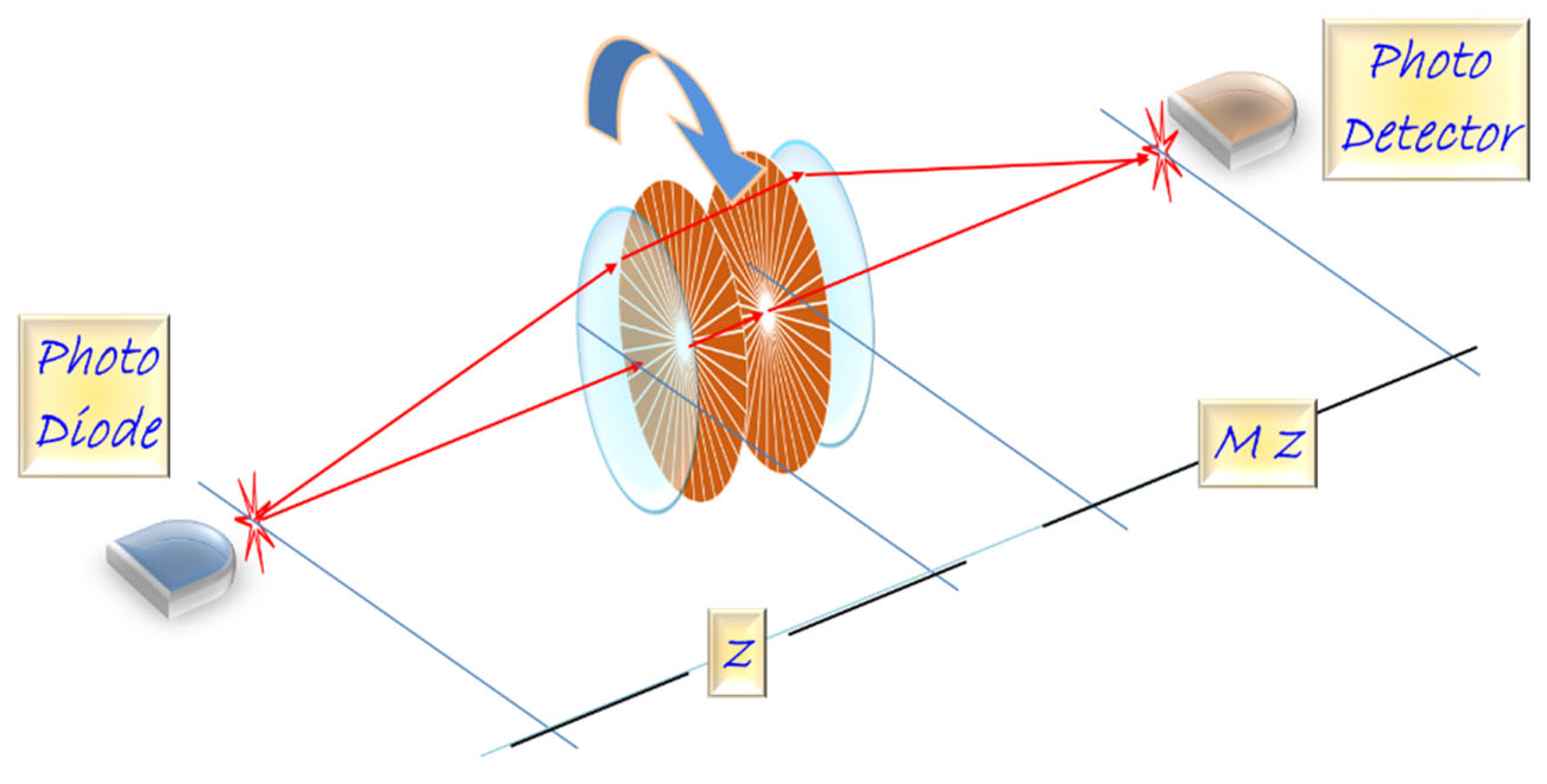
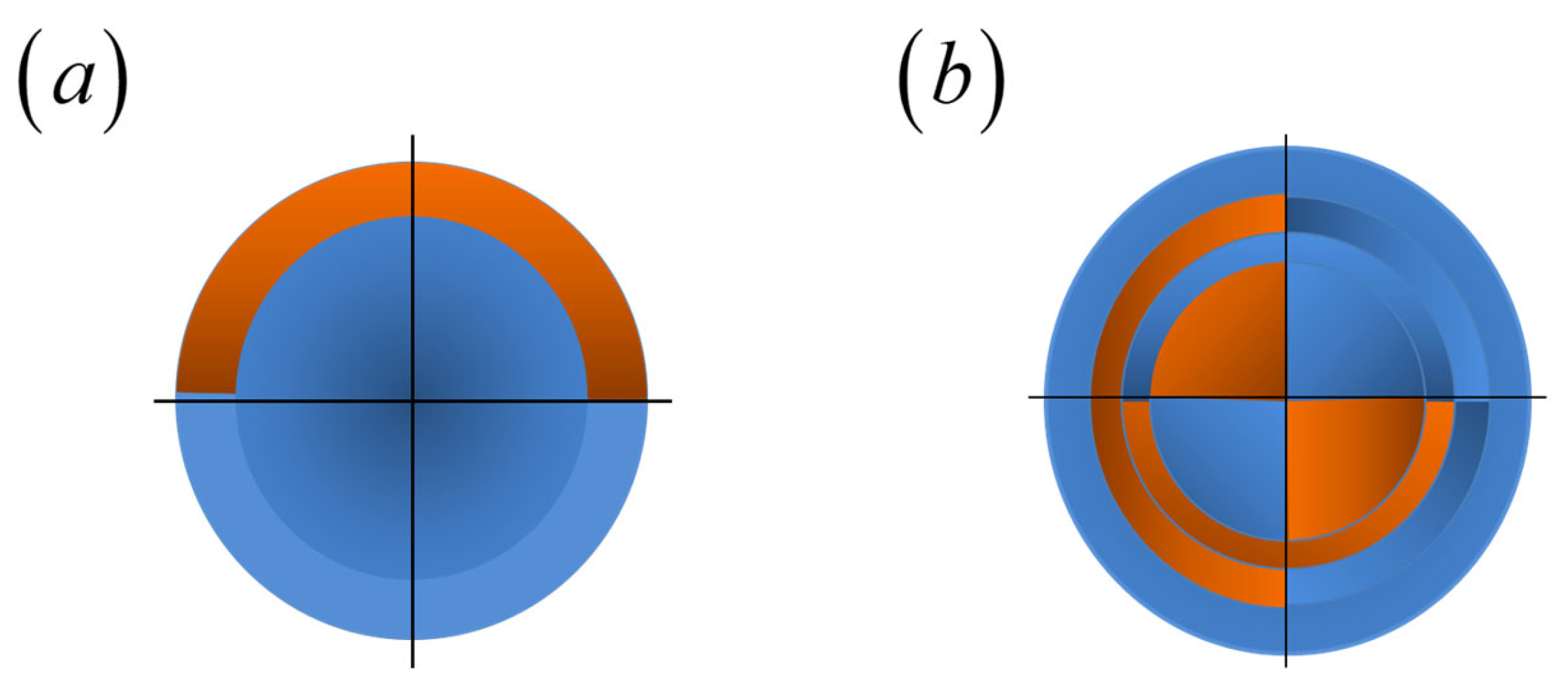
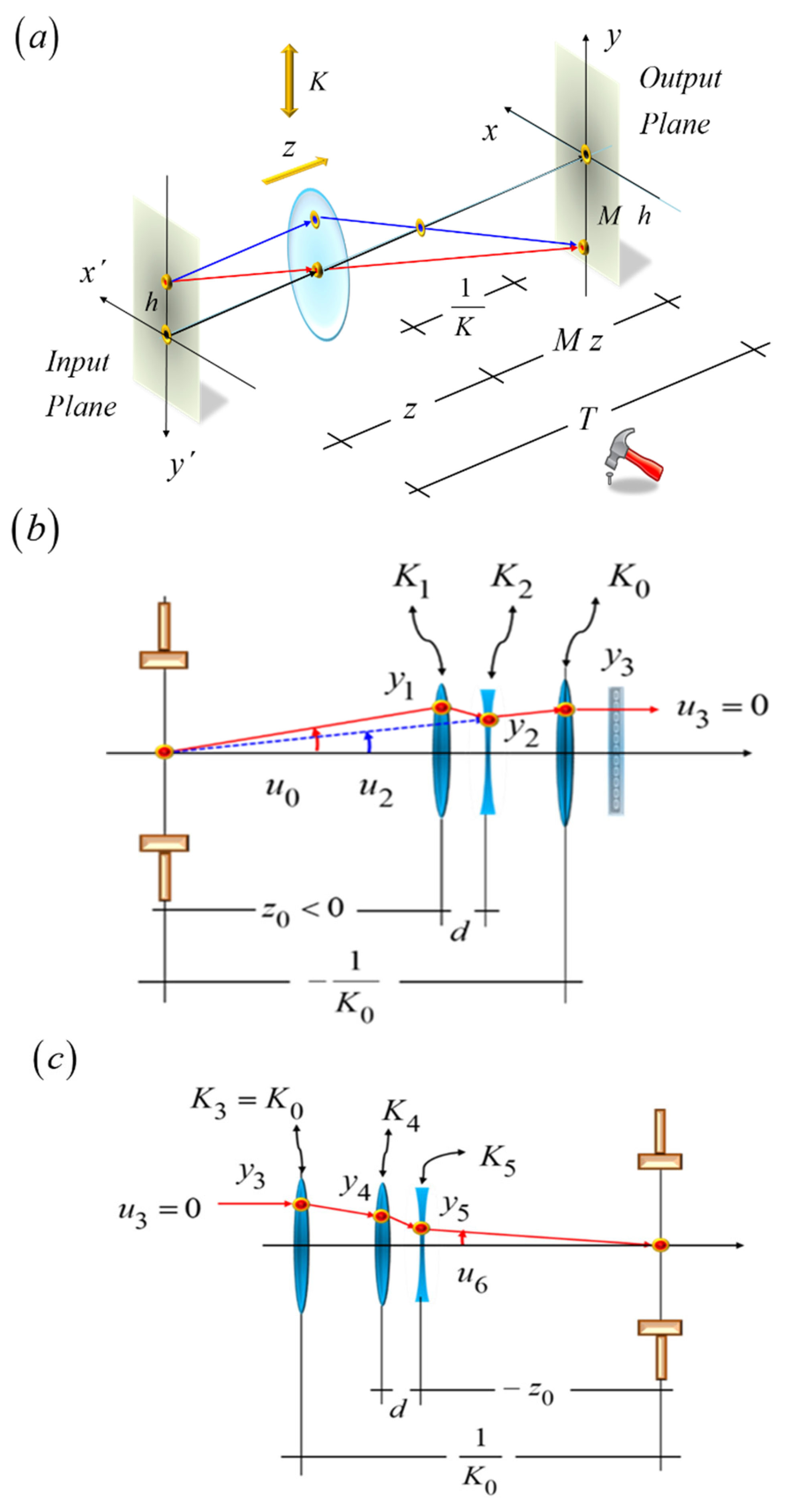
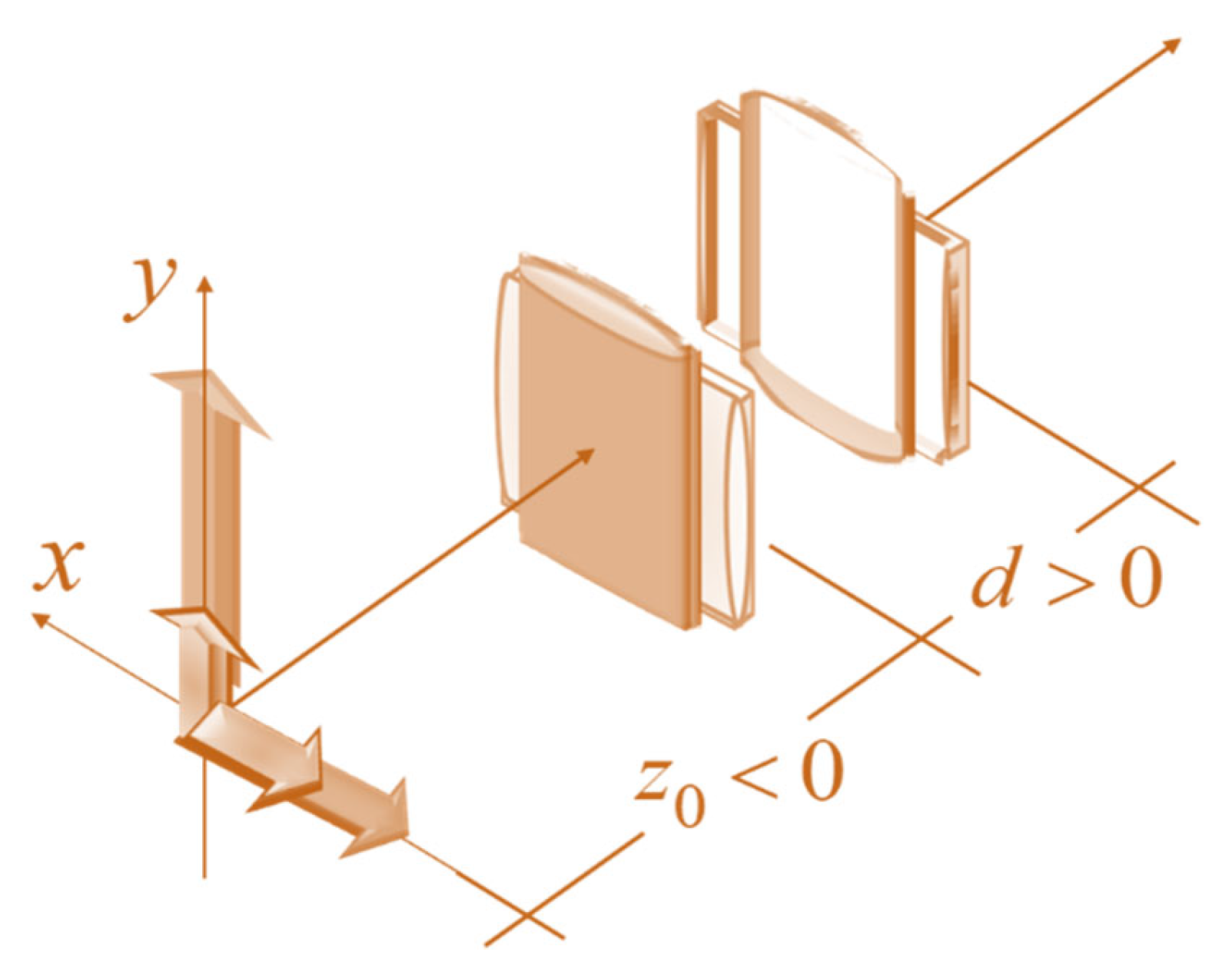
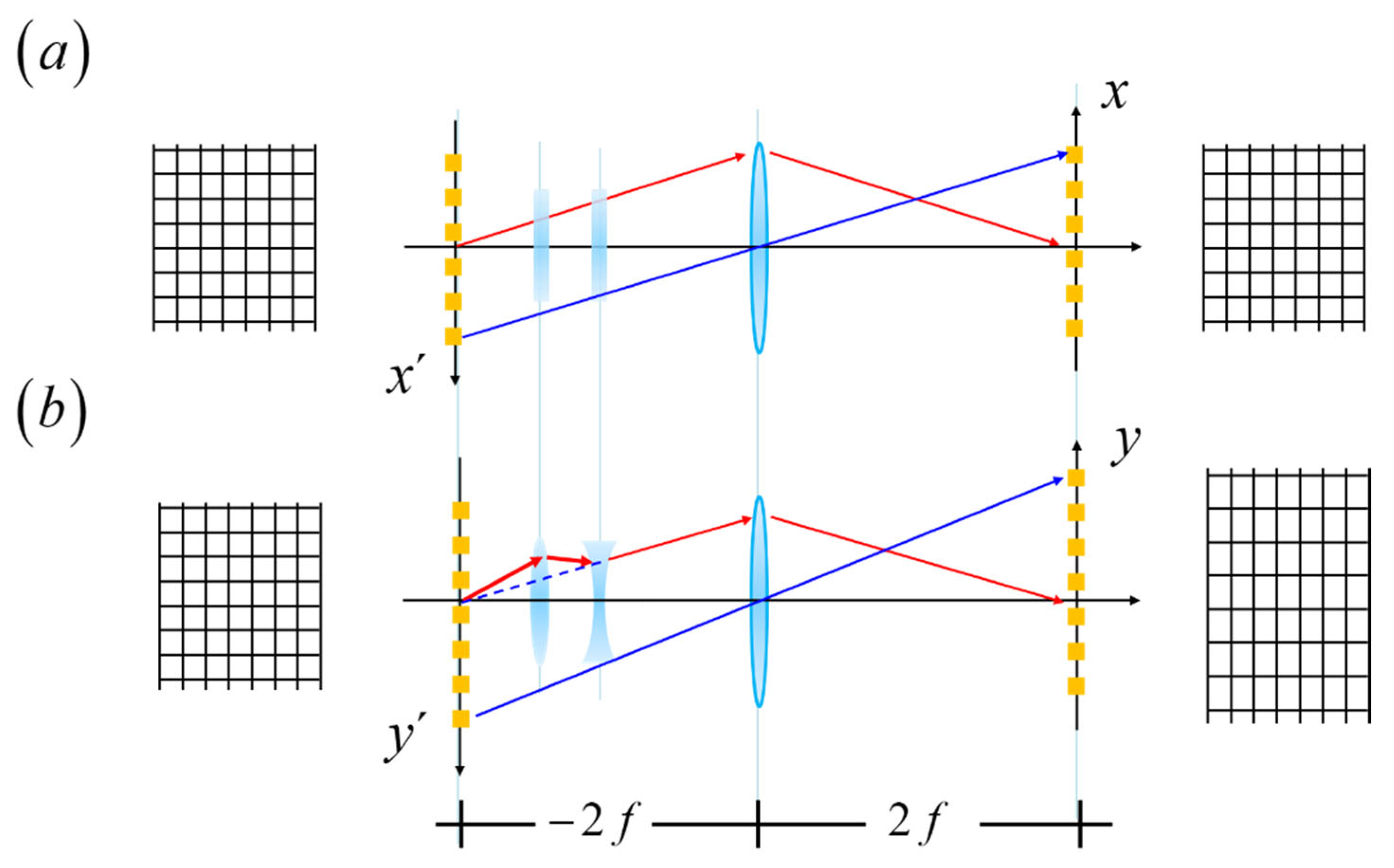
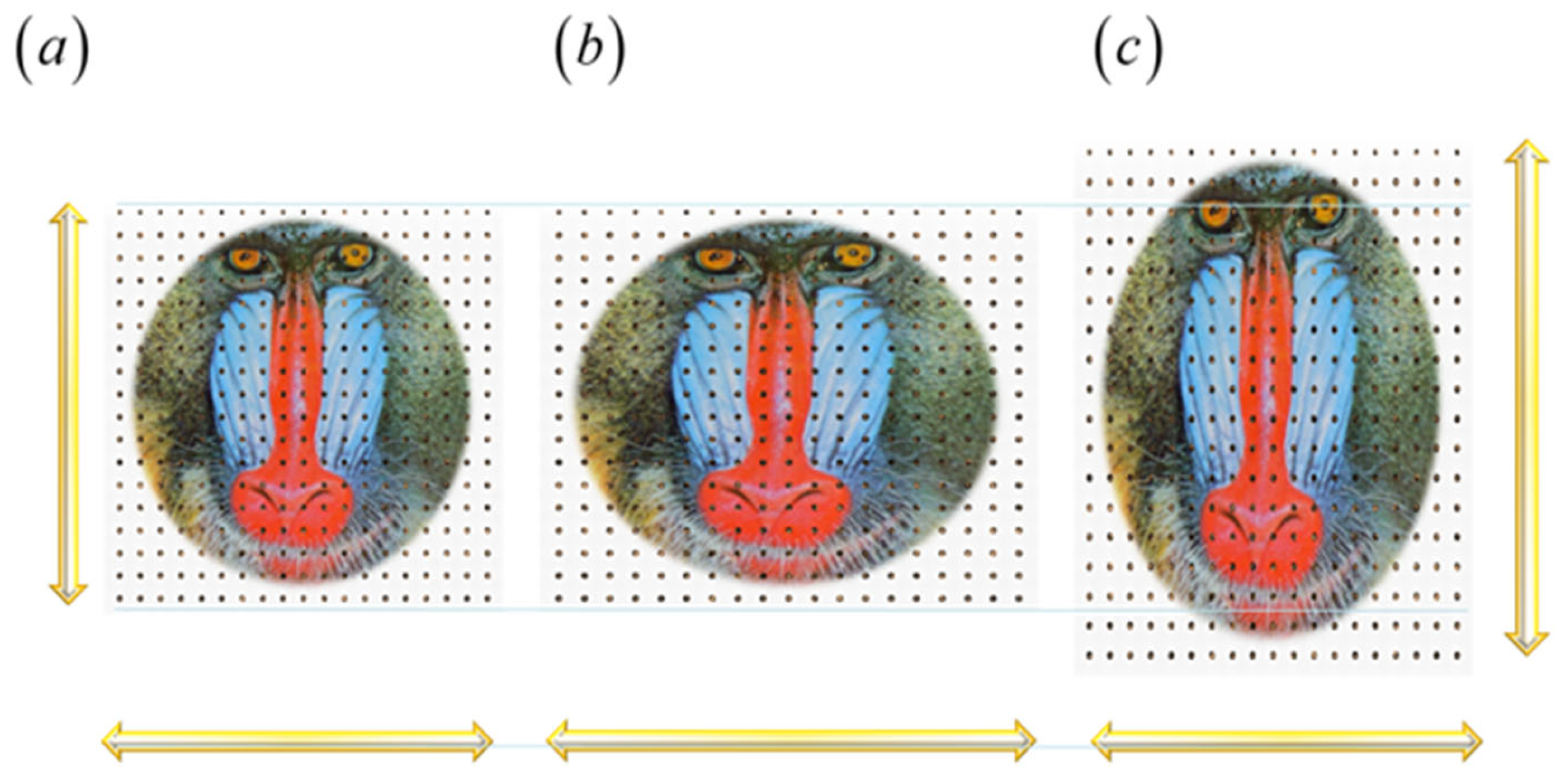
| Length | Barker Sequence |
|---|---|
| L = 3 | {1,1,−1} |
| 5 | {1,1,1,−1,1} |
| 7 | {1,1,1,−1,−1,1,−1} |
| 11 | {1,1,1,−1,−1,−1,1,−1,−1} |
| 13 | {1,1,1,1,1,−1,−1,1,1,−1,1,−1,1} |
Disclaimer/Publisher’s Note: The statements, opinions and data contained in all publications are solely those of the individual author(s) and contributor(s) and not of MDPI and/or the editor(s). MDPI and/or the editor(s) disclaim responsibility for any injury to people or property resulting from any ideas, methods, instructions or products referred to in the content. |
© 2025 by the authors. Licensee MDPI, Basel, Switzerland. This article is an open access article distributed under the terms and conditions of the Creative Commons Attribution (CC BY) license (https://creativecommons.org/licenses/by/4.0/).
Share and Cite
Gómez-Sarabia, C.M.; Ojeda-Castañeda, J. Novel Imaging Devices: Coding Masks and Varifocal Systems. Appl. Sci. 2025, 15, 10743. https://doi.org/10.3390/app151910743
Gómez-Sarabia CM, Ojeda-Castañeda J. Novel Imaging Devices: Coding Masks and Varifocal Systems. Applied Sciences. 2025; 15(19):10743. https://doi.org/10.3390/app151910743
Chicago/Turabian StyleGómez-Sarabia, Cristina M., and Jorge Ojeda-Castañeda. 2025. "Novel Imaging Devices: Coding Masks and Varifocal Systems" Applied Sciences 15, no. 19: 10743. https://doi.org/10.3390/app151910743
APA StyleGómez-Sarabia, C. M., & Ojeda-Castañeda, J. (2025). Novel Imaging Devices: Coding Masks and Varifocal Systems. Applied Sciences, 15(19), 10743. https://doi.org/10.3390/app151910743







